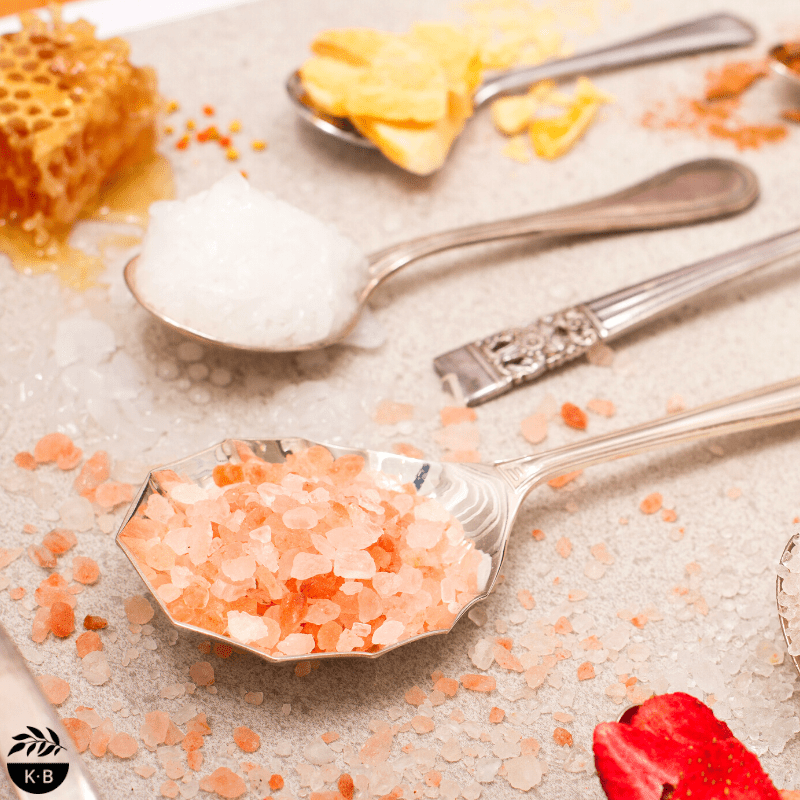 What is a circular economy? First, let’s identify the opposite of a circular economy. A linear economy is explained by the terms – convenience, single-use or purpose, disposable, discard, throwaway and replace. A linear economy assumes an unlimited supply of resources. Items are disposed of without another thought as to what happens next. The focus is meeting the needs of the individual.
What is a circular economy? First, let’s identify the opposite of a circular economy. A linear economy is explained by the terms – convenience, single-use or purpose, disposable, discard, throwaway and replace. A linear economy assumes an unlimited supply of resources. Items are disposed of without another thought as to what happens next. The focus is meeting the needs of the individual.
Generally speaking, marketers LOVE single-purpose, speciality items that are not repairable and superseded quickly.
It promotes more sales when we continually desire more and replace items. There’s no wonder our communities propel along the linear economy route at a fast pace. Does this explain why landfills are overflowing with items that can’t biodegrade and biodegradable items are not recovered?
A circular economy is explained through actions like – reduce, reuse, retain, reshare, repair, repurpose, refurbish, return, recover, remanufacture, regenerate, and renew. If we look at the prefix “RE” it means again, anew, and back.
It assumes a finite number of resources to be used wisely. We share responsibility for caring for the earth and need everyone to work together. The cyclical nature emphasises that we are not passing on, we are passing around.
How can we apply circular economy in daily life?
Guess what, we probably already are without realising. Like washing the passata jar from last night’s dinner and reusing it to hold Citrus Cleaning Spray made from the orange peels left over from the kids’ morning tea, purchasing second hand uniforms, borrowing a book from the library, or taking reusable bags to the supermarket. Arranging a carpool to head out to dinner, rather than taking five cars, or repurposing a curtain and an old belt to make a king’s robe for a school play. What a waste, to put it straight into waste.
It’s as simple as asking ourselves, what else can that be used for? How can I keep this item in circulation for as long as possible? Can I give it to a friend, sell it, or donate it?
Let’s use an old towel as an example. When it gets old and ratty, turn it into rags, or look to donate it to an animal shelter (they’re always looking for old towels and blankets).
The best option is to buy less and rethink what we need
Rather than having to deal with waste, try not to buy what you don’t need – is that need is actually a want …? We can choose to bring less into our houses in the first place. Hands up who chose the jam at the local markets packaged in the pretty jar, that you had your eye on to reuse for your next batch of DIY Whipped Body Cream. That’s an example of choosing packaging that can be reused or repurposed. Better still, we take our own container or choose items that come without packaging.
Don’t carry guilt when there are no other options but to purchase (or receive) items that are not ideal. It’s better to commit to do the best we can, when we can, than no action at all.
Avoid single-use items at all costs
Look for multipurpose items, or better yet, before we head to the shop, let’s ask, what do I already own that I could use or repurpose to do the same job? Don’t forget the options of second-hand, borrowing, sharing or renting an item.
Assess value by how long an item will last. I love the idea of choosing the best value we can afford, for items that are the workers in our home. Workers are the items like a humble saucepan that is in regular use and serves many purposes. The aim is to own workers, who are in constant use, rather than rarely used speciality items.
Before we rush out to buy a new vacuum for example, ask ourselves if it’s possible to maintain or fix our current vacuum so it lasts longer? The vacuum engine might be struggling to pick up dirt, due to the filters not being cleaned.
Personally, what I love about a circular economy is the move to make manufacturers share responsibility for the life of a product. This means a push to design products to be reusable, easily repaired, and made from regenerative materials. The EU have regulated the Right to repair. Even without laws, our purchasing decisions can influence the manufacturers to change.
We don’t need to be across the big picture, in relation to circular economy, to take small actions in our own lives, to pass on good to others and the earth, with the knowledge that by our actions good will be returned.






